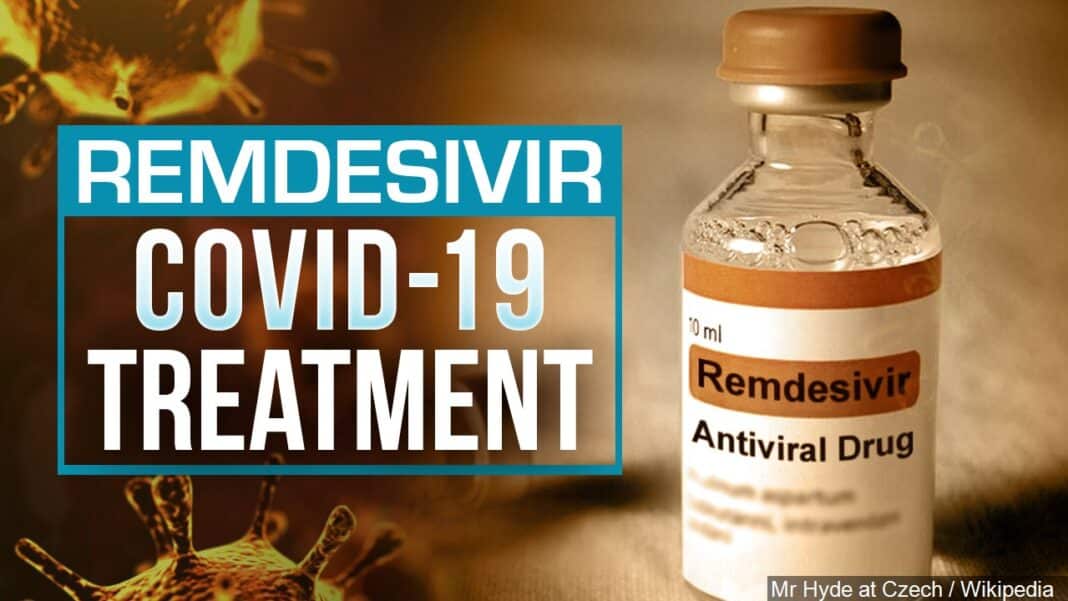Sabrina LeBoeuf Austin American-Statesman
AUSTIN, Texas — In the battle against coronavirus, preventative vaccines often occupy the main stage. All the while, however, experts continue to work on developing treatments to help those already sick with the virus.
On that front, scientists at the University of Texas at Austin have recently discovered the mechanics behind how the antiviral drug remdesivir inhibits the virus replication in the body, which could lead to more effective treatments in the future.
Kenneth Johnson and David Taylor, co-authors of a recently published study in the journal “Molecular Cell,” were able to deduce both that remdesivir acts like a paper jam in a copy machine and where exactly the jam occurs. Remdesivir hits the virus’ RNA polymerase, and the virus is subsequently unable to duplicate its genetic code and continue spreading throughout the body.
The findings indicate that remdesivir is best taken early. Johnson likens remdesivir to Tamiflu, which interferes with the virus’s entry into the cell. When people experience flu-like symptoms, they need to receive a prescription and start taking Tamiflu within 48 hours, before the virus has caused damage to tissues. Waiting any longer renders the drug less effective.
“Remdesivir has to be given early on in order to stop the replication of the virus,” said Johnson, who teaches molecular biosciences. “You can’t wait until the virus has replicated and caused a lot of lung damage before you begin the treatment. That’s why Donald Trump was given remdesivir, the day that he was diagnosed as positive.”
With the coronavirus, this process proves more difficult. Remdesivir is meant to stop the virus from replicating, but sometimes symptoms don’t show until later. People don’t go into the clinic or hospital until they experience severe symptoms. By then, the virus has already replicated too much and caused significant damage.
Remdesivir is currently used as a multi-day treatment, mainly for those receiving care at a clinic or hospital, but it can’t be taken for more than five days because of toxic side effects like liver and kidney damage, according to Johnson. However, now that they understand how the drug works and where remdesivir inhibits virus replication, companies can work toward manufacturing a less toxic, more effective treatment.
“We were able to identify the point where that paper jam happens,” said Taylor in a news release. “We know now exactly what’s creating this block. So, if we want to make the blockage even worse, we could do so.”
Over the course of the pandemic, the U.S. has spent roughly $8.2 billion on coronavirus treatments while $18.5 billion has been on vaccine research. This has led to five vaccine options, but it has left those needing treatment with the short end of the stick.
Johnson said the allocation for vaccine efforts is appropriate, given the development of vaccine technology over the past couple decades. Plus, early data suggested that vaccines would be effective against the virus. Antiviral drug development on the other hand will take years to develop. Johnson hopes the lab will be able to continue conducting research on remdesivir, but those plans are contingent upon continued funding.
Continued research and drug development will be necessary for the future, either for instances where the vaccine fails, people are immunocompromised or when there is another transfer of the coronavirus from animals to humans. After all, this isn’t the first time it has happened.




